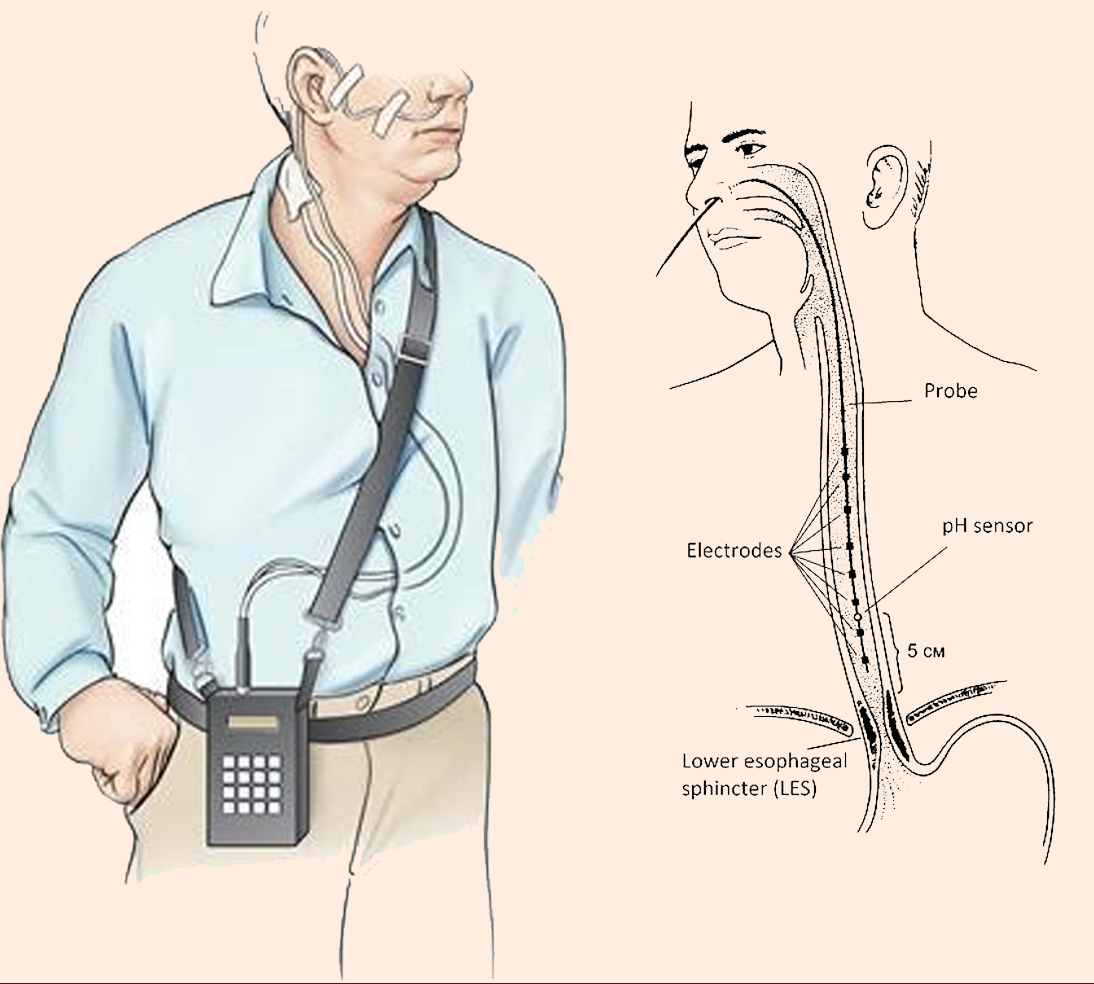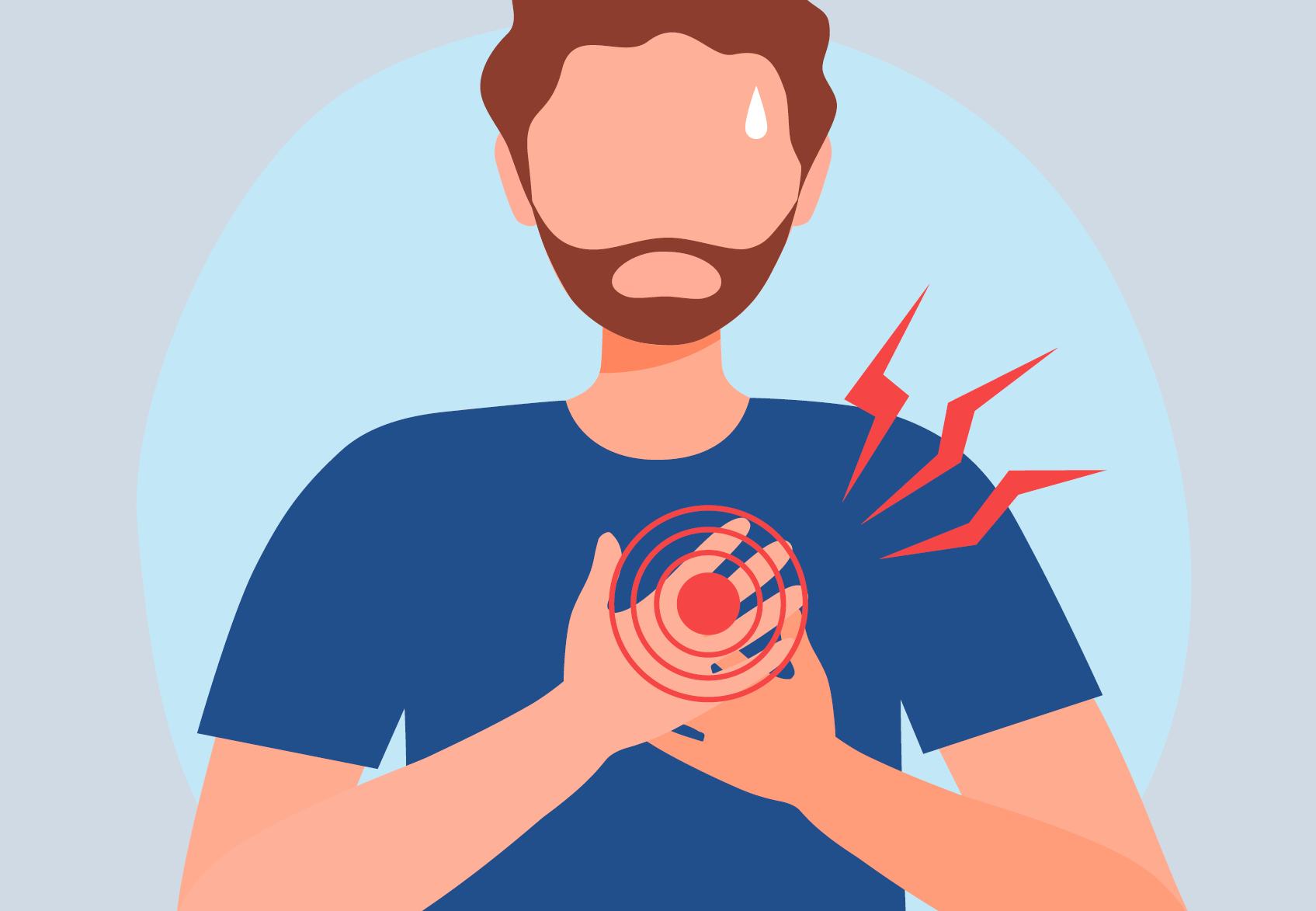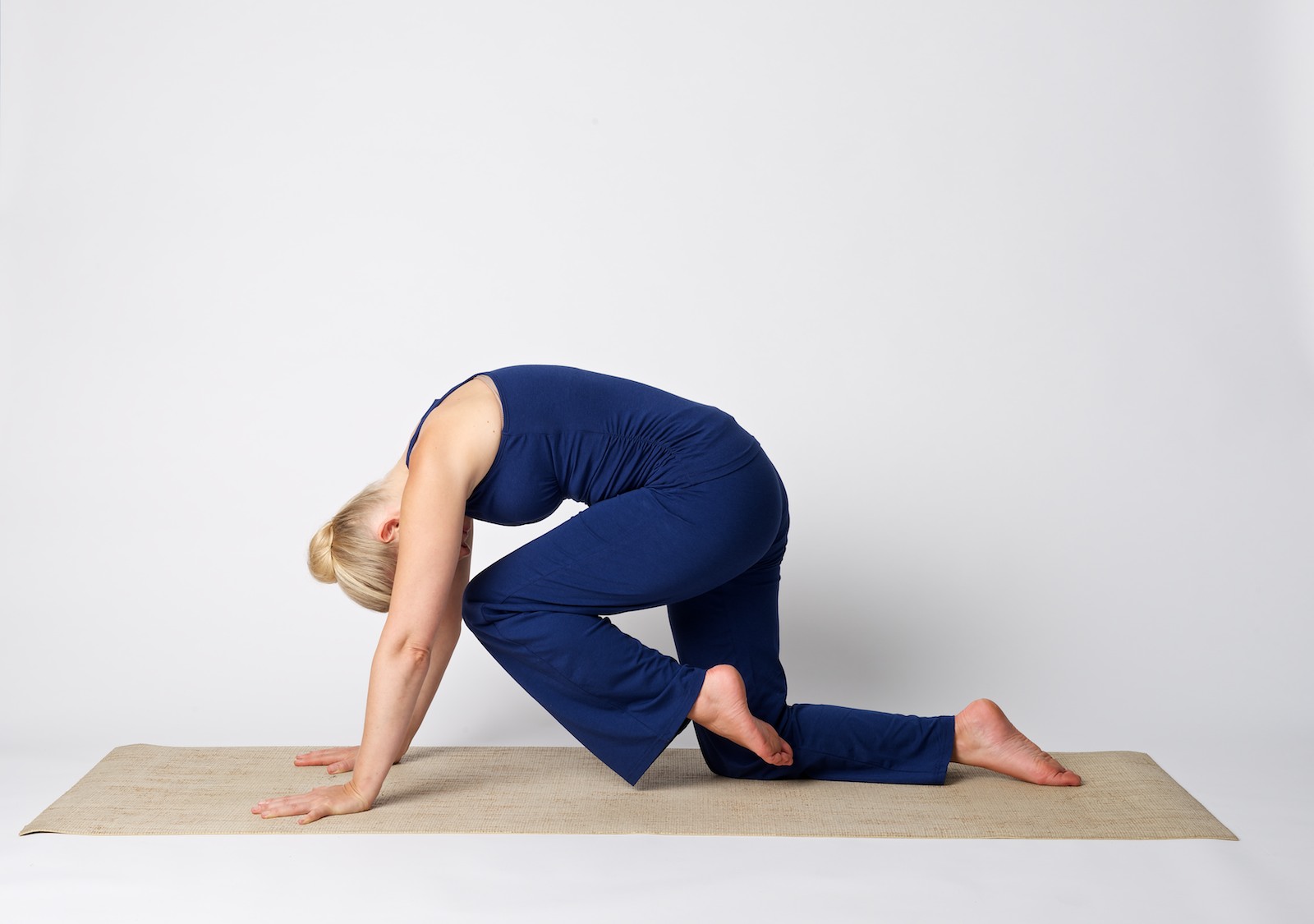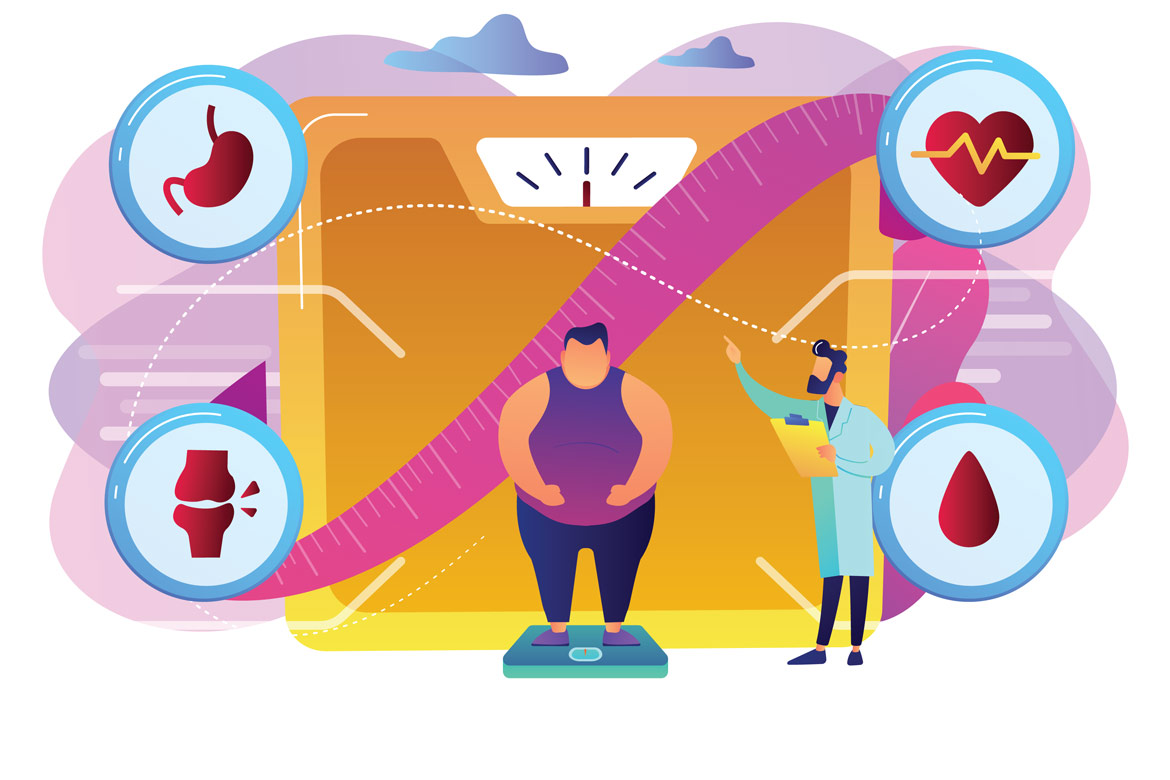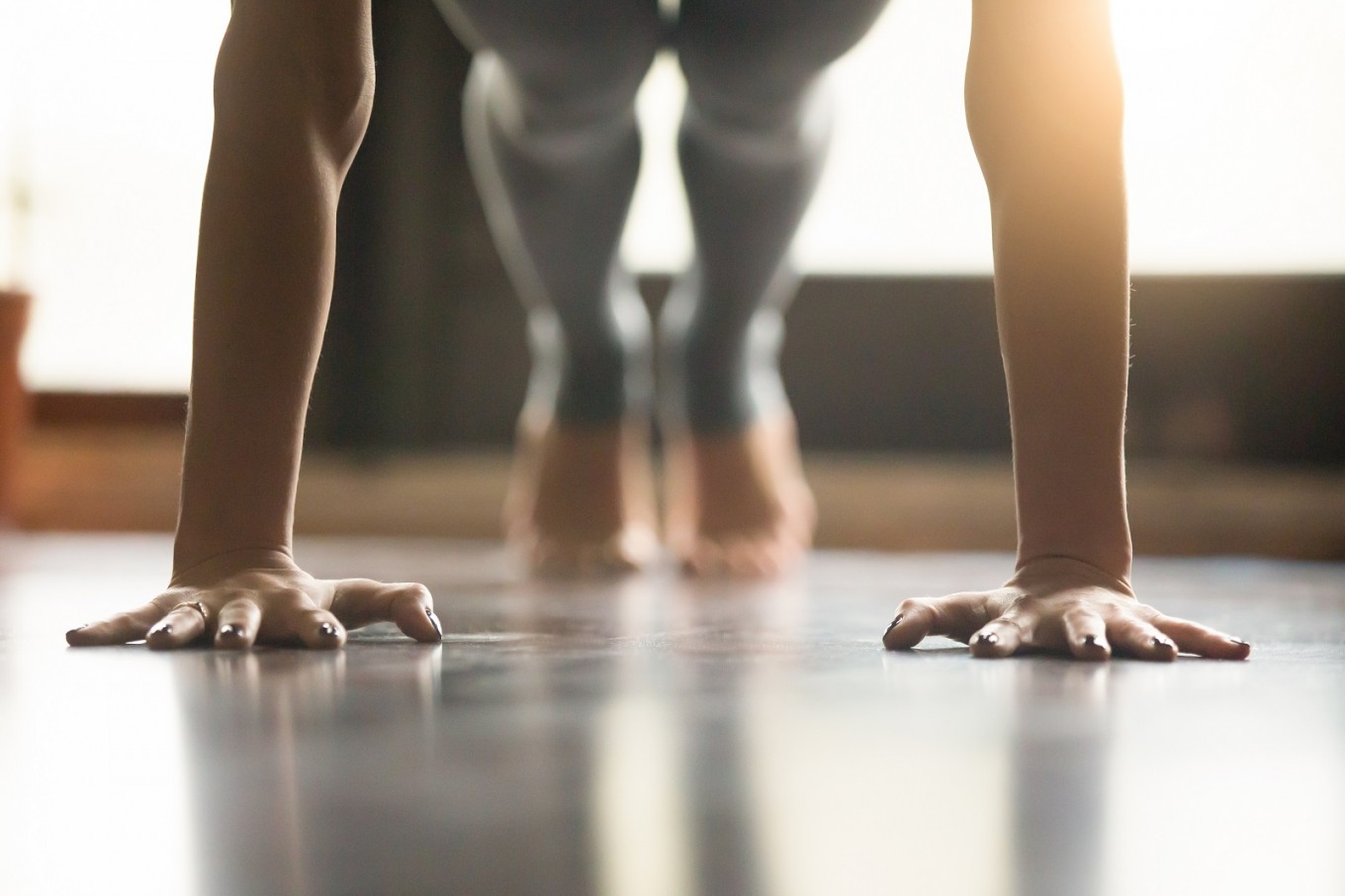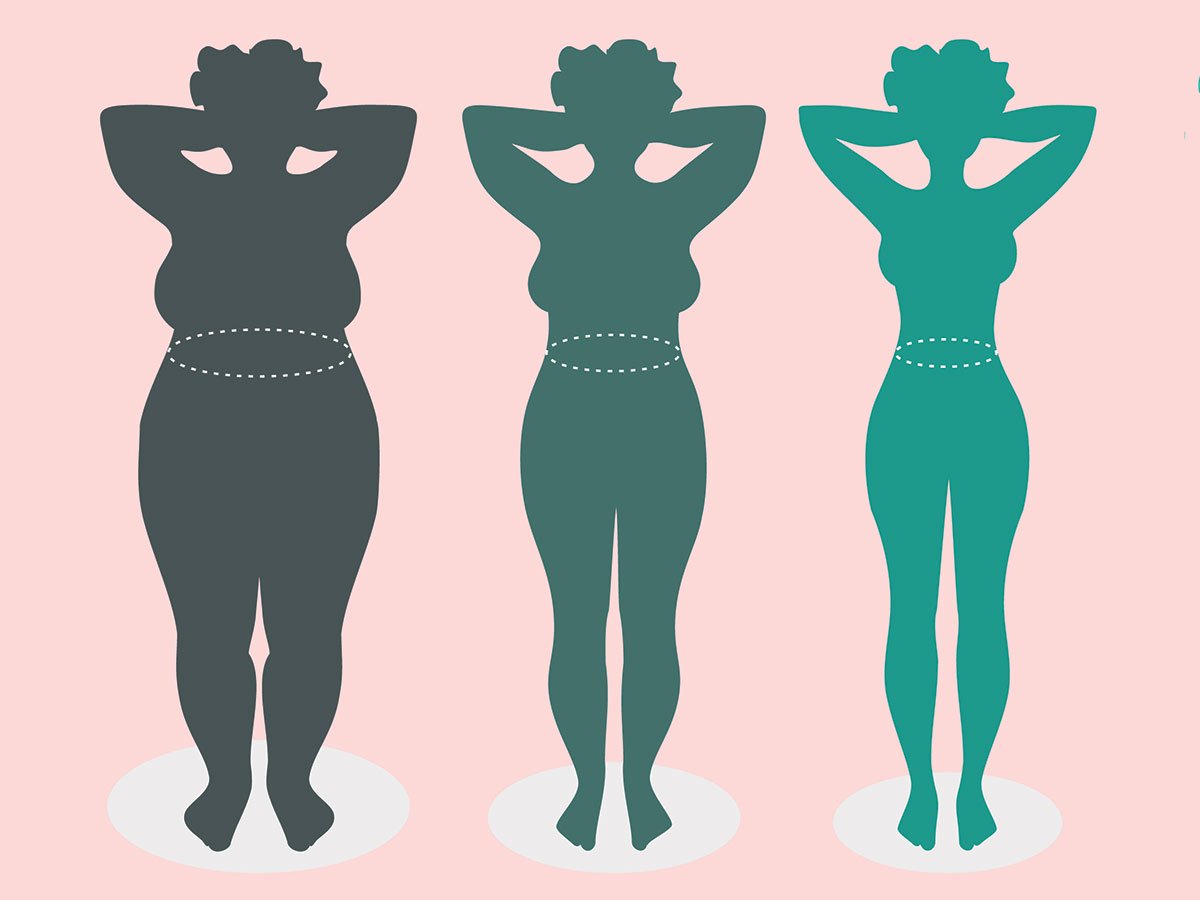Weight loss TIps, Health Tips, Benefits of walking, Walks, Mild Exercise
Amazing Health Benefits of Walking
Now walk your way to fitness. Learn about the amazing benefits of walking, how to get started and remain motivated.
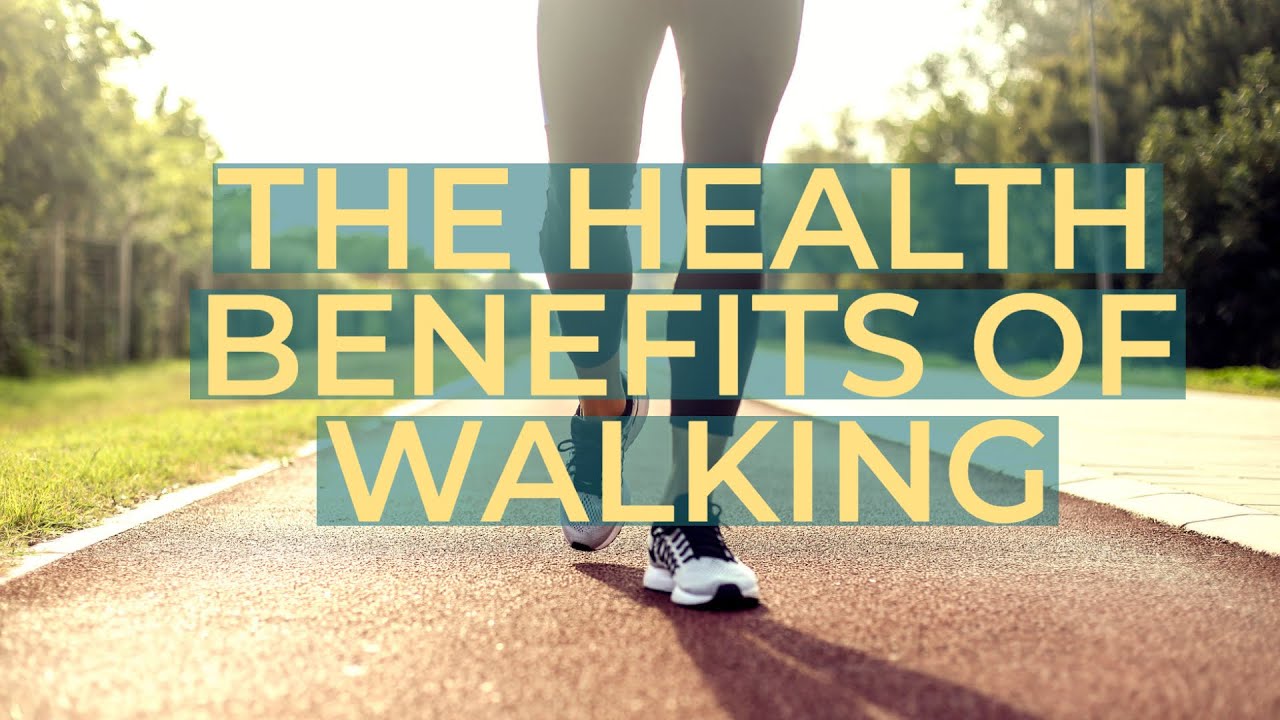
Walking is a great way to improve or maintain your overall health. Just 30 minutes every day can increase cardiovascular fitness, strengthen bones, reduce excess body fat, and boost muscle power and endurance. It can also reduce your risk of developing conditions such as heart disease, type 2 diabetes, osteoporosis and some cancers. Unlike some other forms of exercise, walking is free and doesn’t require any special equipment or training.
Not used to vigorous exercising? Don't worry and start walking
Physical activity does not have to be vigorous or done for long periods in order to improve your health. A 2007 study of inactive women found that even a low level of exercise – around 75 minutes per week – improved their fitness levels significantly, when compared to a non-exercising group.
Walking is low impact, requires minimal equipment, can be done at any time of day and can be performed at your own pace. You can get out and walk without worrying about the risks associated with some more vigorous forms of exercise. Walking is also a great form of physical activity for people who are overweight, elderly, or who haven’t exercised in a long time.
Walking for fun and fitness isn’t limited to strolling by yourself around local neighbourhood streets. There are various clubs, venues and strategies you can use to make walking an enjoyable and social part of your lifestyle.
Health benefits of walking
Of course, you probably know that any physical activity, including walking, is a boon to your overall health. But walking in particular comes with a host of benefits. Here's a list of five of them-
- It counteracts the effects of weight-promoting genes. Harvard researchers looked at 32 obesity-promoting genes in over 12,000 people to determine how much these genes actually contribute to body weight. They then discovered that, among the study participants who walked briskly for about an hour a day, the effects of those genes were cut in half.
- It helps tame a sweet tooth. A pair of studies from the University of Exeter found that a 15-minute walk can curb cravings for chocolate and even reduce the amount of chocolate you eat in stressful situations. And the latest research confirms that walking can reduce cravings and intake of a variety of sugary snacks.
- It reduces the risk of developing breast cancer. Researchers already know that any kind of physical activity blunts the risk of breast cancer. But an American Cancer Society study that zeroed in on walking found that women who walked seven or more hours a week had a 14% lower risk of breast cancer than those who walked three hours or fewer per week. And walking provided this protection even for the women with breast cancer risk factors, such as being overweight or using supplemental hormones.
- It eases joint pain. Several studies have found that walking reduces arthritis-related pain, and that walking five to six miles a week can even prevent arthritis from forming in the first place. Walking protects the joints — especially the knees and hips, which are most susceptible to osteoarthritis — by lubricating them and strengthening the muscles that support them.
- It boosts immune function. Walking can help protect you during cold and flu season. A study of over 1,000 men and women found that those who walked at least 20 minutes a day, at least 5 days a week, had 43% fewer sick days than those who exercised once a week or less. And if they did get sick, it was for a shorter duration, and their symptoms were milder.
Walking for 30 minutes a day
To get the health benefits, try to walk for at least 30 minutes as briskly as you can on most days of the week. ‘Brisk’ means that you can still talk but not sing, and you may be puffing slightly. Moderate activities such as walking pose little health risk but, if you have a medical condition, check with your doctor before starting any new exercise program of physical activity.
Building physical activity into your life
If it’s too difficult to walk for 30 minutes at one time, do regular small bouts (10 minutes) three times per day and gradually build up to longer sessions. However, if your goal is to lose weight, you will need to do physical activity for longer than 30 minutes each day. You can still achieve this by starting with smaller bouts of activity throughout the day and increasing these as your fitness improves.
Physical activity built into a daily lifestyle plan is also one of the most effective ways to assist with weight loss and keep weight off once it’s lost.
Some suggestions to build walking into your daily routine include:
- Take the stairs instead of the lift (for at least part of the way).
- Get off public transport one stop earlier and walk to work or home.
- Walk (don’t drive) to the local shops.
- Walk the dog (or your neighbour’s dog).
- Make walking part of your routine
Try to make walking a routine – for example, try to walk at the same time each day. Remember, you use the same amount of energy, no matter what time of day you walk, so do what is most convenient for you. You may find that asking someone to walk with you will help make it a regular activity. Some people find that keeping an activity diary or log also makes it easier.
Wearing an activity tracker or pedometer while walking
A pedometer measures the number of steps you take. You can use it to measure your movement throughout a day and compare it to other days or to recommended amounts. This may motivate you to move more. The recommended number of steps accumulated per day to achieve health benefits is 10,000 steps or more.
A comfortable intensity for walking
For most people, there is little difference in the amount of energy used by walking a kilometre or running a kilometre – it’s just that walking takes longer. Plan to cover a set distance each day and monitor how long it takes you to walk this distance. As your fitness improves, you will be able to walk a longer distance and use more energy.
Walking fast burns more kilojoules per hour than walking slowly, but this doesn’t mean you have to push yourself until you’re breathless. Instead, pace yourself so that you can still talk. This simple rule of thumb means that you walk safely within your target heart rate, which brings about health gains.
Our bodies tend to get used to physical activity, so continue to increase your intensity as you are able to improve your fitness levels. You can increase the intensity of your walks by:
- Walking up hills
- Walking with hand weights
- Increasing your walking speed gradually by including some quick walking
- Increasing the distance you walk quickly before returning to a moderate walking pace
- Walking for longer.
Warming up and cooling down after walking
The best way to warm up is to walk slowly. Start off each walk at a leisurely pace to give your muscles time to warm up, and then pick up the speed. Afterwards, gently stretch your leg muscles – particularly your calves and front and back thighs. Stretches should be held for about 20 seconds. If you feel any pain, ease off the stretch. Don’t bounce or jolt, or you could overstretch muscle tissue and cause microscopic tears, which lead to muscle stiffness and tenderness.
It’s best to dress lightly when you do physical activity. Dressing too warmly can increase sweating and build up body temperature, which can make you uncomfortable during a walk or possibly cause skin irritations. A gradual cool-down will also prevent muscular stiffness and injury.
Footwear for walking
Walking is a low-cost and effective form of exercise. However, the wrong type of shoe or walking action can cause foot or shin pain, blisters and injuries to soft tissue. Make sure your shoes are comfortable, with appropriate heel and arch supports. Take light, easy steps and make sure your heel touches down before your toes. Whenever possible, walk on grass rather than concrete to help absorb the impact.
Making walking a pleasure
Some suggestions to help make regular walking a pleasurable form of physical activity include:
- Varying where you walk
- Walking the dog
- Walking with friends
- Joining a walking club.
Making walking interesting
Ways to keep your daily walk interesting include:
- If you want to stick close to home and limit your walking to neighbourhood streets, pick different routes so you don’t get tired of seeing the same sights.
- If you feel unsafe walking alone, find one or more friends or family members to walk with.
- Walk at various times of the day. The sights to see first thing in the morning are bound to be different from those of the afternoon or early evening.
- Drive to different reserves, park the car and enjoy the views while you walk.
- Explore what’s going on around you, notice the sky, the people, the sounds.
Dog walking
A dog that needs regular exercise gives you the motivation to walk every day. You might like the companionship too. If you don’t have a dog, and aren’t planning on getting one, consider offering to walk a neighbour’s dog from time to time.
Suggestions for the safety of your dog and other people on foot include:
- Be considerate of other pedestrians and always keep your dog on its leash.
- If you plan to walk in a park, check first to see if dogs are permitted. Some parks allow while others don't allow pets.
- Always take equipment such as plastic bags and gloves to clean up after your dog.
Walking with others
Walking with other people can turn a bout of exercise into an enjoyable social occasion. Suggestions include:
- Schedule a regular family walk – this is a great way to pass on healthy habits to your children or grandchildren, and to spend time together, while getting fit at the same time.
- If you are walking with children, make sure the route and length of time spent walking are appropriate to their age.
- Babies and toddlers enjoy long walks in the pram. Take the opportunity to point out items of interest to young ones, such as vehicles, flowers and other pedestrians.
- Look for the self-guided nature walks that have been set up in many parks. Younger children enjoy looking for the next numbered post; older ones can learn about the plants and animals of the park, and perhaps take photos or record their experience in other ways.
- Ask neighbours or friends if they would like to join you on your walks. Think of starting a walking group.
- Safety suggestions while walking
Walking is generally a safe way to exercise, but look out for unexpected hazards. Suggestions include:
- See your doctor for a medical check-up before starting a new fitness program, particularly if you are aged over 40 years, are overweight or haven’t exercised in a long time.
- Choose walks that suit your age and fitness level. Warm up and cool down with a slow, gentle walk to ease in and out of your exercise session.
- Wear loose, comfortable clothing, and appropriate footwear to avoid blisters and shin splints.
- Wear sunglasses, sunscreen, long sleeves and a hat to avoid sunburn.
- Take waterproof clothing to avoid getting wet if it rains.
- Before bushwalking, check the weather forecast and take appropriate safety measures (for example, pack correct clothing).
- Drink plenty of fluids before and after your walk. If you are taking a long walk, take water with you.
For any health related query, you can always consult with our experts.








